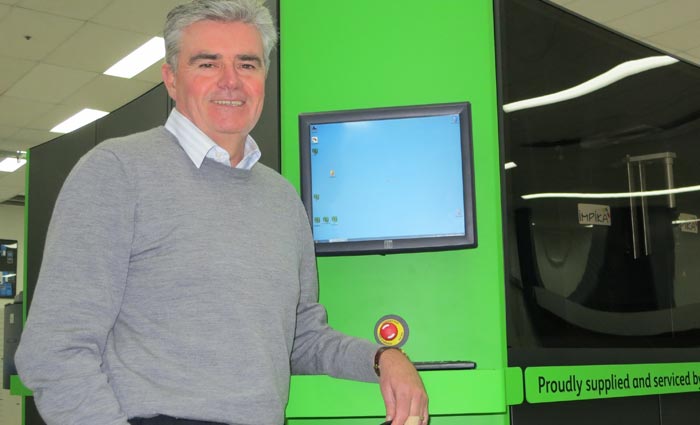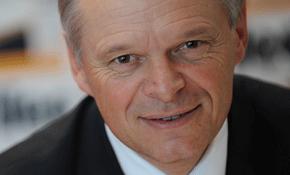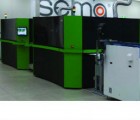
John Stewart, who led the four-man management buyout team, told ProPrint “we should be profitable in our first quarter” following a “very significant” cost-cutting drive by administrator PPB Advisory.
Sales will also need to increase for Australia’s third-largest transactional printer to return to the black, he added.
The new owners have bought the company name, plant, equipment and intellectual property and are negotiating leases over premises and some equipment. They have also taken over some staff and their liabilities, he added – but not the old company or its mountain of debt.
Stewart said SEMA would be operating as a new entity, while the debt, which could amount to up to $7.3 million, would remain with the old business.
Stewart, who runs a consultancy firm, will become SEMA’s managing director. The other shareholders are Brent McCulloch, who will remain as chief operating officer, Brian Smith, who will remain as head of marketing, and former ABnote business manager Chris Williams, who will become head of sales.
SEMA’s founders and former owners, Peter Davies and Paul Costello, are no longer involved, according to Stewart.
Stewart was brought in eight weeks ago to advise Davies and Costello and saw such potential in the company that he decided to buy it.
He declined to reveal how much the four men had paid for SEMA or the size of their individual shareholdings.
SEMA was forced into administration on 17 May because although the previous management team had had the right strategy, it had been unable to pay for it, according to Stewart.
The strategy, which is still being implemented, involved moving to a single software platform with GMC and introducing continuous colour printing with two new Impika iPrint eVolutions.
The first press was commissioned in Sydney in March. The second press, which had been expected to arrive in Melbourne in May, has not been installed. Talks about acquiring that second Impika are ongoing, while the GMC implementation is yet to be finalised, said Stewart.
He explained the four partners had been inspired to buy SEMA thanks to “the support of the customers”, who told them the existence of SEMA ensured competition in a sector dominated by major players Salmat and Computershare.
“They felt the sector was better served with a strong SEMA,” he said.
“I think Salmat and Computershare run pretty good businesses and if we get ourselves to being properly compared with them we would have done a very good job,” he added.
Stewart said SEMA would probably follow its two rivals into digital post, but through partnerships rather than its own venture.
He also said SEMA’s “blue-chip customer base” had an ongoing need for print, but it was now up to the new management team to prove it could service their needs.
He said some key customers had walked away during the administration process, but were expected to return in the next three or four months after expressing a willingness to talk to SEMA.
“The customers have been very positive. The staff are still trying to come to grips with things. It’s a very traumatic experience to have the administrators in,” he said.
“We’ve got a lot of work to do to rebuilding the confidence of the staff in the management team because perhaps the previous management team have let them down.”
Read ProPrint’s analysis on the rise of digital postboxes.
Comment below to have your say on this story.
If you have a news story or tip-off, get in touch at editorial@sprinter.com.au.
Sign up to the Sprinter newsletter



